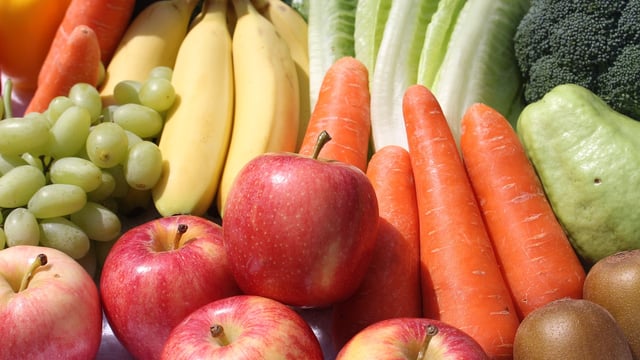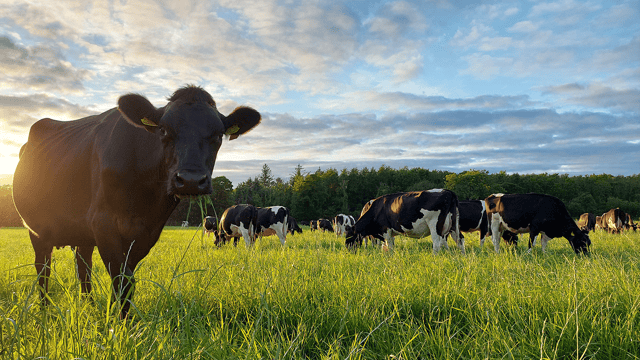Food prices 'drive weakening' in consumer sentiment towards household finances
Food price pressures "drive further weakening" in consumer sentiment towards household finances.
The Credit Union Consumer Sentiment Survey for August shows that in contrast to a limited easing in nervousness about the Irish economy, consumers were a "little more negative in relation to their household finances, both in terms of how they have changed in the past year and how they might change in the year ahead".
The August survey period saw a fractional easing in Ireland’s inflation rate (to 1.7% in July from 1.8% in June).
However, most attention focused on a further pick-up in food price inflation to 4.6%, the fastest pace since December 2023, and continuing a trend pick-up evident through the first half of 2025 after a slowdown in food price inflation during 2024.
The increase in grocery price inflation comes on top of already elevated price levels - highlighted by a release during the survey period indicating that Irish food prices are some 14% above the EU average.
Moreover, the pick-up in food prices of late has been driven by outsized increases in the cost of high-profile staples such as beef (23% year-on-year in July), butter (19.4%), milk (12.4%), coffee (12.7%) and chocolate (16.1%).
With most related commentary emphasising the persistent nature of factors, such as the decline in cattle numbers on food price trends, the weakening in consumers' assessment of how their financial circumstances had developed in the past 12 months was broadly similar to that seen in their expectations for the next 12 months.
Key issue
David Malone, CEO of the Irish League of Credit Unions, said that "while it is encouraging that consumer sentiment has edged higher in August, the main message of the survey is that elevated living costs remain a key issue for many Irish households".
Irish consumer confidence improved slightly in August as the US-EU tariff deal reduced uncertainty about the economic outlook.
However, rising grocery prices and back-to-school costs prompted a small further weakening in sentiment around household finances.
The August survey period saw a renewed focus on rising prices, with a particular spotlight on a persistently fast rise in grocery prices.





